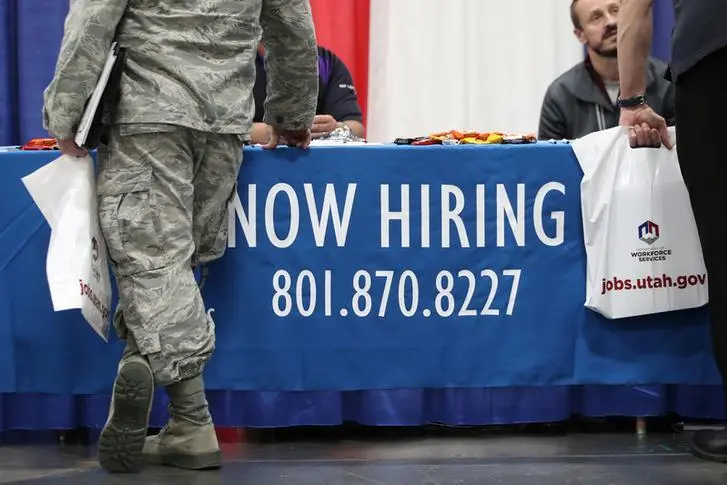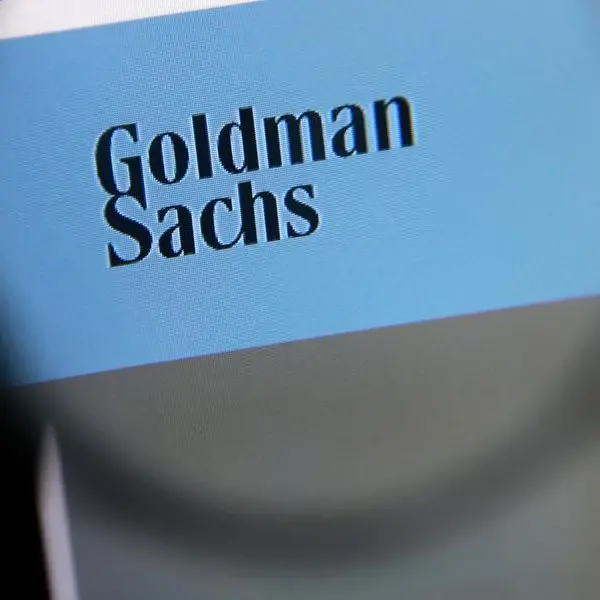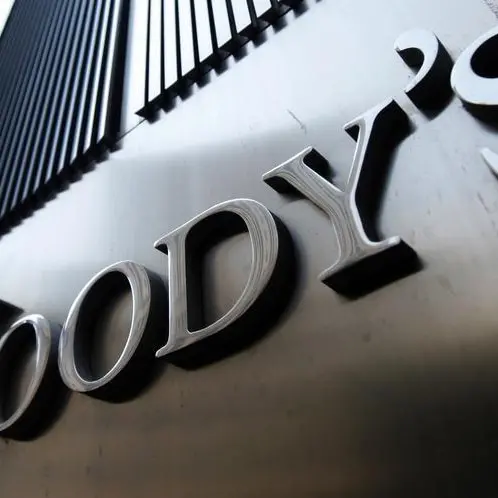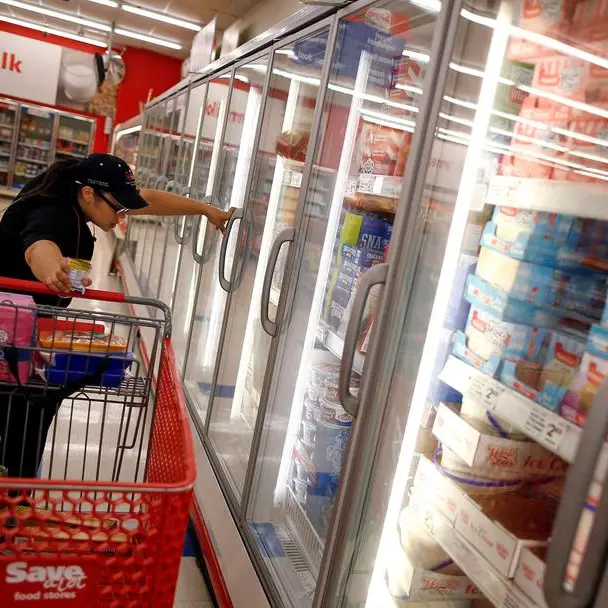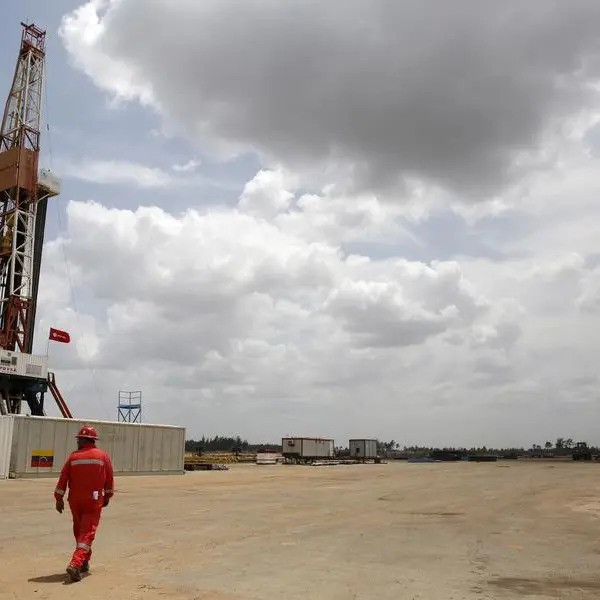PHOTO
U.S. employers likely hired the fewest workers in nearly 2-1/2 years in April as the cumulative and delayed effects of higher interest rates start to impact a broad swath of the economy.
But the Labor Department's closely watched employment report on Friday will offer little comfort to Federal Reserve officials battling high inflation, with wage growth expected to have remained fairly strong last month. The unemployment rate is forecast to have risen to a still historically low 3.6%.
The Fed raised its benchmark overnight interest rate by another 25 basis points to the 5.00%-5.25% range on Wednesday, and signaled it may pause the U.S. central bank's fastest monetary policy tightening campaign since the 1980s, though it kept a hawkish bias. The Fed has hiked its policy rate by 500 basis points since March 2022.
"The labor market is slowly bending, but not breaking," said Sam Bullard, a senior economist at Wells Fargo in Charlotte, North Carolina. "There is continued resilience in the labor market right now, but the trend is one that is continuing to see a decelerating pace of momentum."
The survey of establishments is likely to show nonfarm payrolls increased by 180,000 jobs last month, according to a Reuters survey of economists. That would be the smallest gain since December 2020 and would follow a 236,000 rise in March.
While that would also mark the third straight month of deceleration in employment gains, payrolls would be well above the 70,000-100,000 monthly increase needed to keep up with growth in the working-age population.
Some economists, however, believe that the labor market is overstating the health of the economy, pointing to the divergence between consumer spending and job gains as well as a continued decline in worker productivity. Consumer spending stalled in February and March. Productivity has declined on a year-year basis for five straight quarters, the longest such stretch since the government started tracking the series in 1948.
"This is very strange in a growth year, and I think it says that businesses are hoarding workers," said Milton Ezrati, chief economist at Vested in New York. "Managers remember what happened in 2021 and they don't want to be caught short."
Economists also noted that job growth was becoming more concentrated in the leisure and hospitality industry as well as state and local governments, sectors where employment remains below pre-pandemic levels.
With risks of a recession mounting because of the punitive borrowing costs and tighter credit conditions amid financial market stress, the hiring landscape could change quickly.
"A key issue is to what extent layoffs and a credit crunch will mushroom out to the broader economy and that hinges mostly on how well consumer spending holds up," said Kevin Cummins, chief economist at NatWest in Stamford, Connecticut. "If consumer outlays slow dramatically, then the overall impact of the banking sector turmoil/credit crunch on jobs will probably be quite significant."
For now, the general consensus is that the economy will continue to create jobs at least until the fourth quarter.
The service-providing sector likely accounted for most of the anticipated job gains in April. Further job losses are expected in the goods-producing sector, mostly reflecting declines in construction and manufacturing.
Construction was an early casualty of the aggressive monetary policy tightening due to the impact of higher rates on homebuilding.
WAGE GAINS MODERATE
Average hourly earnings are expected to have risen by 0.3% in April, matching March's gain. That would keep the year-on-year increase in wages unchanged at 4.2% in April.
But other measures such as the Employment Cost Index and the Atlanta Fed's wage tracker show momentum. Even at the current pace, wage growth in the employment report remains too strong to be consistent with the Fed's 2% inflation target.
"There is some risk that the growth rate of this series might firm up this spring to narrow the gap with other wage series," said Lou Crandall, chief economist at Wrightson ICAP.
The average workweek is forecast unchanged at 34.4 hours. Some companies are probably reducing hours rather that cut jobs.
Details of the household survey from which the unemployment rate is calculated are likely to be muted. Household employment is seen moderating after surging in March.
The labor force participation rate, or the proportion of working-age Americans who have a job or are looking for one, is forecast unchanged at 62.6%. With the share of those aged 25 to 54 at pre-pandemic levels, there is limited scope for further gains in the participation rate.
"The rebound in the labor supply has been encouraging as it can act as a relief valve against elevated wage pressures," said Lydia Boussour, senior economist at EY-Parthenon in New York. "However, labor force participation remains constrained by demographics and should come under pressure in coming quarters as conditions worsen and job opportunities become scarce." (Reporting by Lucia Mutikani; Editing by Andrea Ricci)
